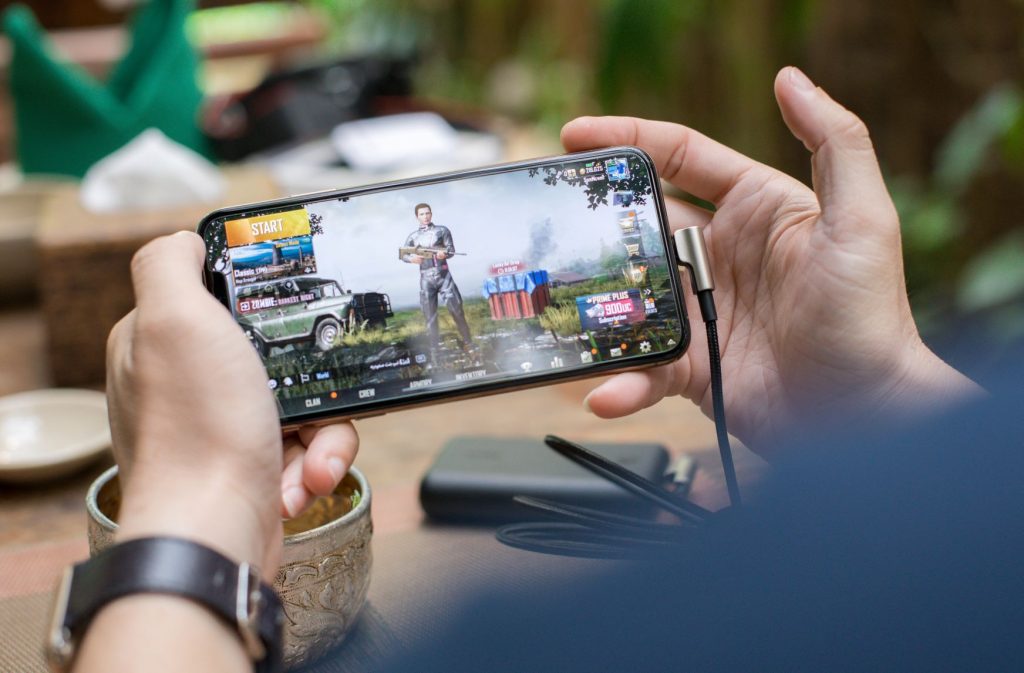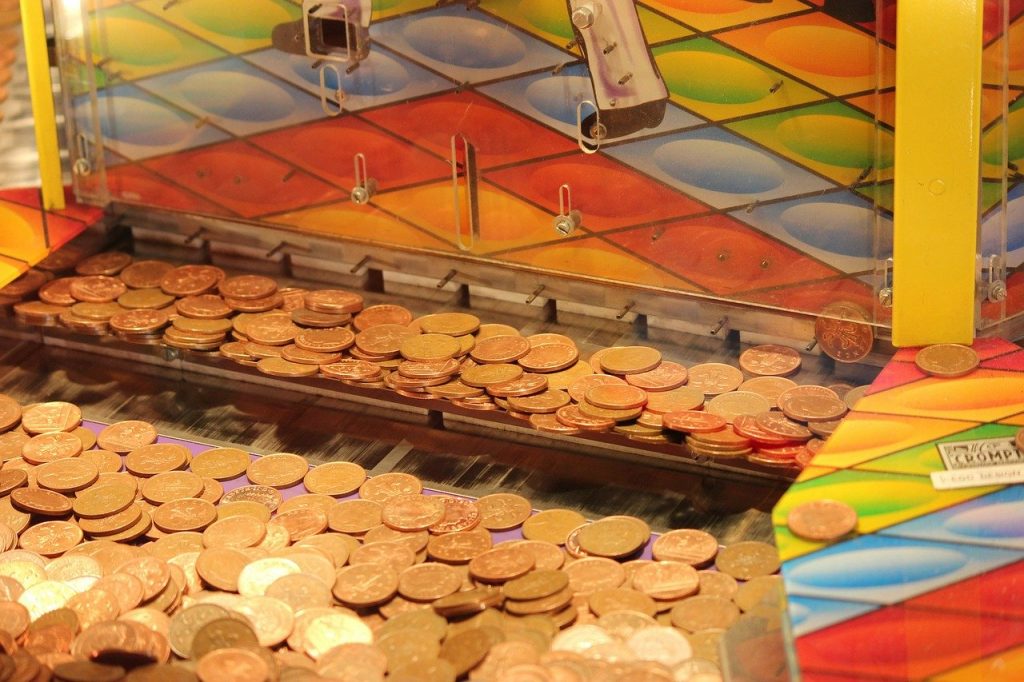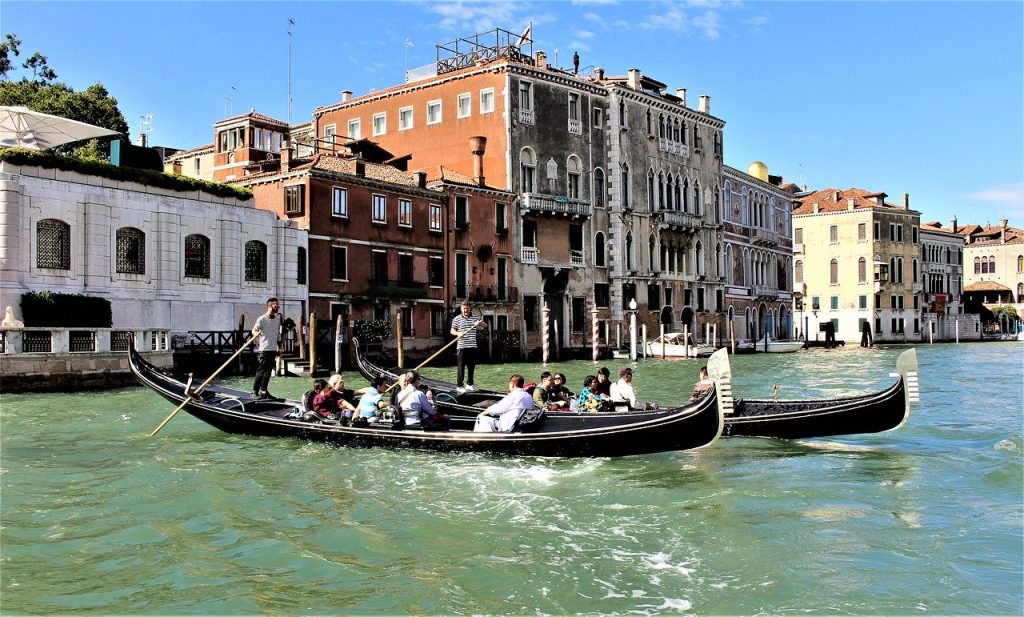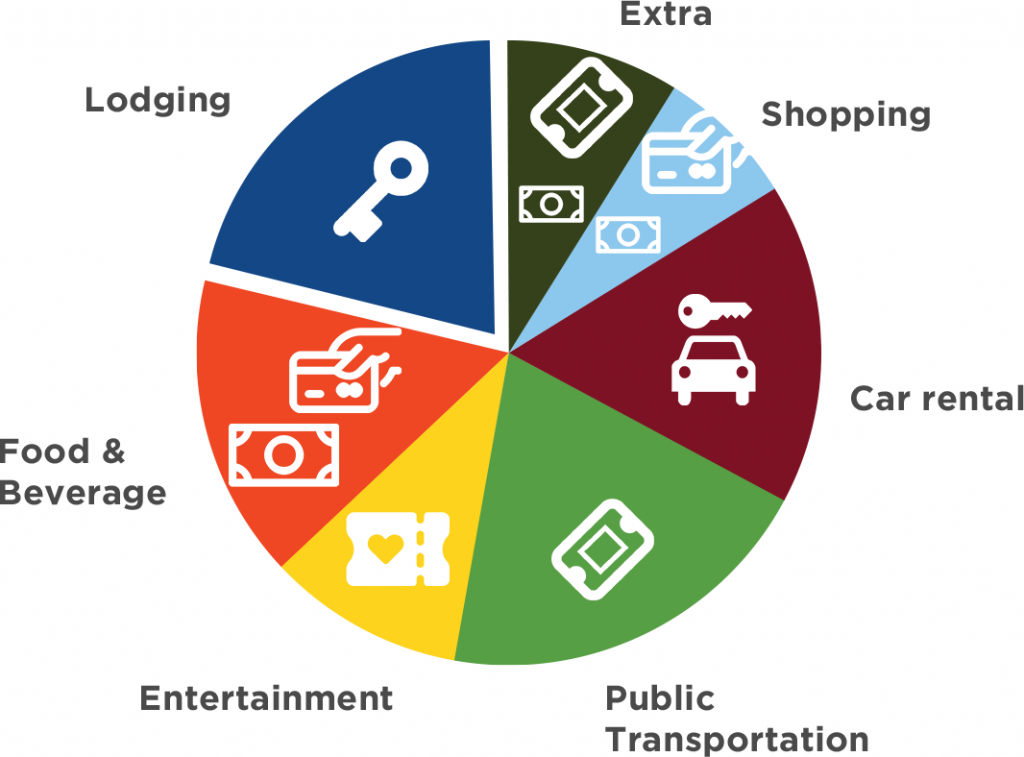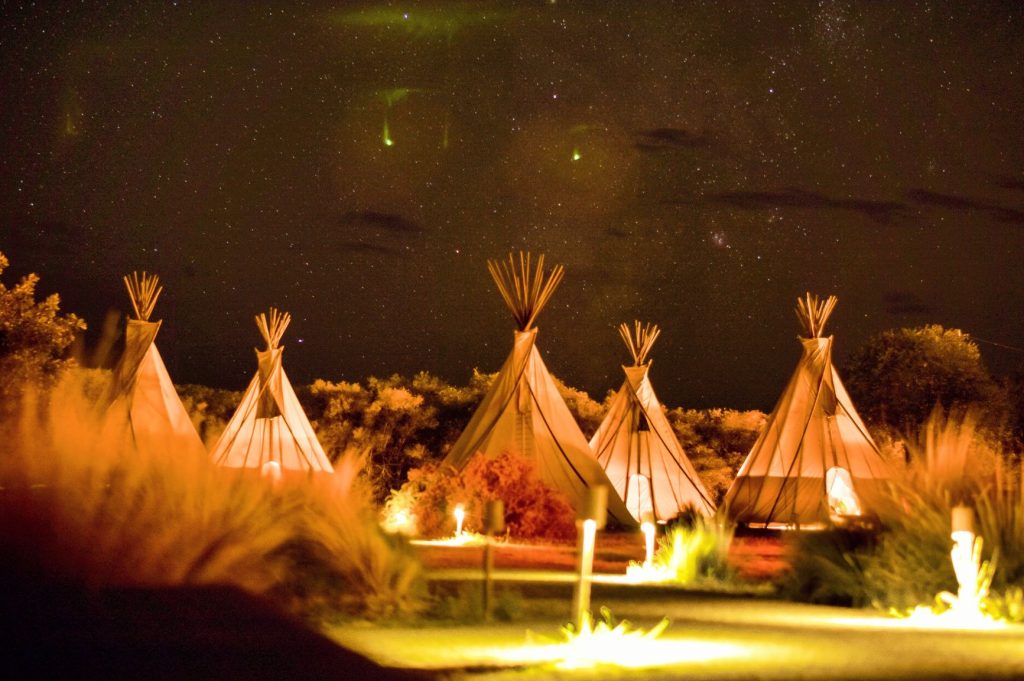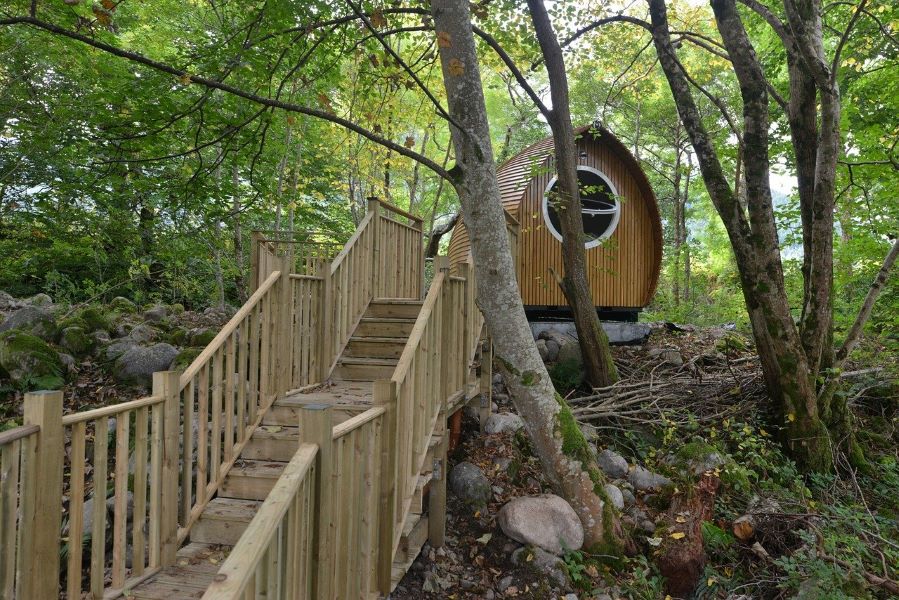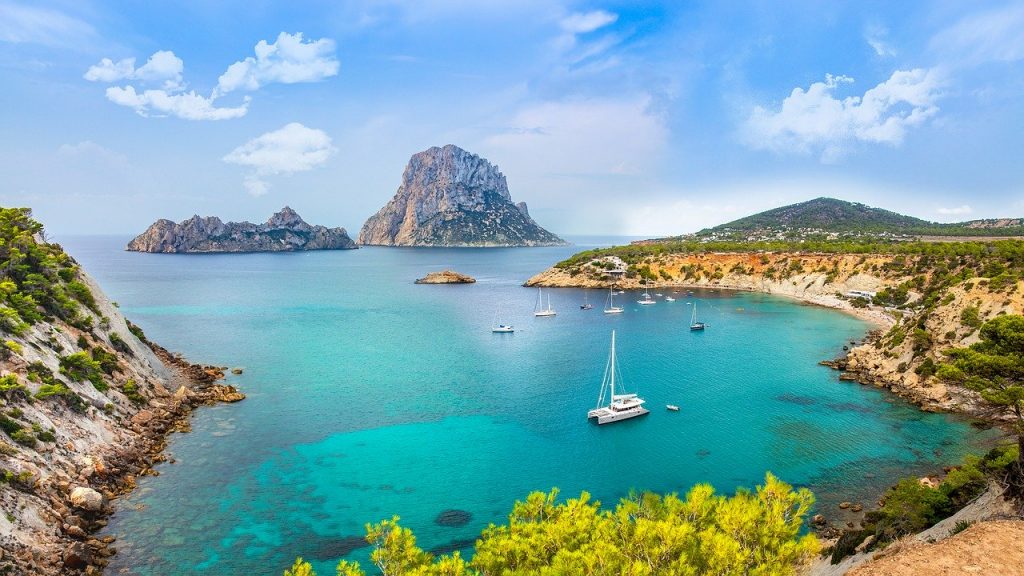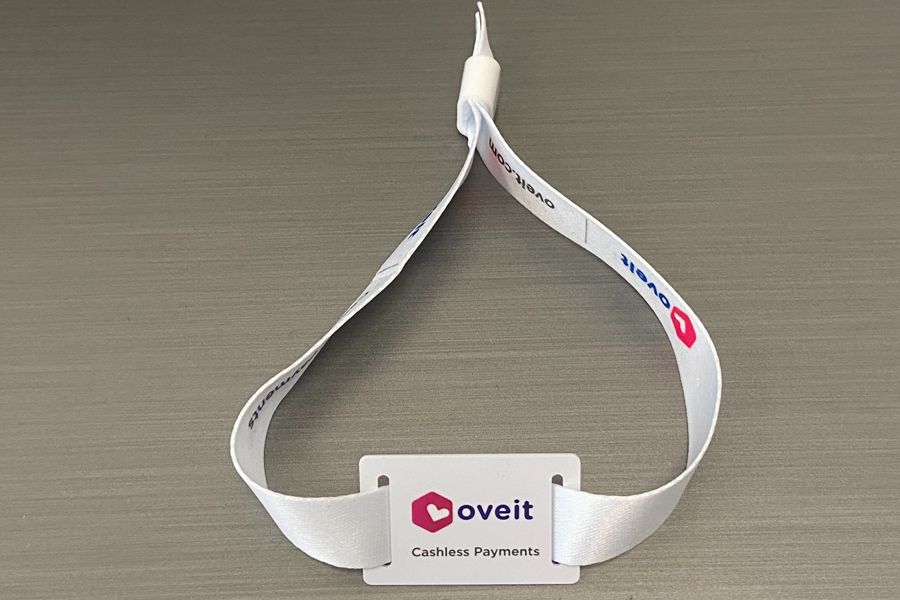Nowadays, there are millions of businesses in the world that focus on delivering different products and services for consumers. Keeping aside the variety of industries that businesses are part of, all of them want to retain their loyal customers and make them return in the future. It all started in 1793, when some U.S merchants decided to offer their customers copper tokens to be redeemed with future purchases.
Hospitality establishments, such as well-known hotel chains are expected to have a structured loyalty program in place for their frequent guests. Holiday Inn was the first brand to launch a ‘frequency’ program in February of 1983. This first-generation hotel loyalty scheme was allowing customers to redeem points and receive special flight prices in exchange. In today’s world, hotel-loyalty programs rely on distinctive experiences that can set them apart from competitors.
Today, we’re going to go over the major hotel loyalty programs around the world, and we’ll give more insights on how hospitality establishments can invite local businesses (communities) to be part of such programs by using our solution.
Well-known Hospitality Loyalty programs
With the nine largest hotel-loyalty programs consisting of nearly 350 million members worldwide, it is clear how this trend developed over the years. Hotel and resort chains are doing their best to differentiate themselves and provide loyal guests with unique and tailored experiences. Before jumping into more details, it is important to keep in mind that guests will value a hotel-loyalty program based on 4 factors: 1. The number of hotels that are part of a chain 2. Benefits that are most important for a guest 3. Destination (some chains have more luxurious properties based on location) 4. The type of hotel or resort that a guest is looking for (boutique, budget, ultra-all-inclusive and so on).
1. Marriott Bonvoy
This loyalty program provides guests with the richest benefits in the hotel industry. Members are entitled to earn points by choosing to accommodate at any of the 6800 locations in over 150 countries. In terms of earning points as a member, Marriott offers its guests different ways for that. For instance, famous banking companies such as Chase and American Express allow their customers to transfer rewards on their Marriot Bonvoy account. Besides that, both companies issue branded Marriot credit cards for personal and business use. Clients that opt for branded cards will receive a sign-up bonus and Marriott points are earned and ready to be used in any location right after every purchase. Referring a friend is also a great way to earn points without much effort. However, Marriott Bonvoy members will earn points whenever they spend money at any participating location, regardless of which credit card is used. For every $1 spent, members receive 10 Marriott points in exchange. These points can be redeemed for various products and services, such as: free hotel/resort stays; room upgrades; lower room rates; holiday packages; car rentals; gift cards; donations; special airline prices and more.
2. IHG Rewards Club
Similar with Marriott’s loyalty offering, IHG Rewards is as well a diverse and rewarding program. Flagship hotel chains such as InterContinental, Crown Plaza, Holiday Inn Resorts and many others are part of it. With more than 5,600 participating hotels worldwide, this program is divided into four membership categories: Club, Gold Elite, Platinum Elite and Spire Elite. Depending on how often you stay at participating locations, the likelihood of upgrading your membership increases. If not claimed within 12 months, earned points are set to expire, but the good news is that points can be transferred between two designated member accounts for $5/1,000 points transferred.
Members part of the IHG Rewards program can also earn points by spending money at nearby shops and dine locations/activities. How does it work? Users can simply search for local activities and vendors from their accounts and verify if businesses reward them with points that can be spent within the IHG group. For a helicopter tour that cost $250 in New York, IHG members automatically receive 1,000 points that can be redeemed at any hotel or resort that is part of the chain. Booking tours and other experiences are booked straight from the account, replacing the need of accessing the partner’s website.
3. World of Hyatt
Very similar with those loyalty programs mentioned above, this one stands out by including respected luxury hotel chains, such as Park Hyatt and Andaz (luxury boutique hotels). The feature that stands out the most in this program is targeting the highest tier members. They get a free night award and two suite upgrades just by reaching this status. Compared with other programs, earning points within World of Hyatt tends to be somewhat difficult. With a single transfer partner (Chase) and one cobranded credit card, you can already see the limitations. This limitation is given by their exclusive establishments and therefore by their rigorous earning criteria’s. One nice feature available is the Points + Cash bookings. It allows guests to get discounted room rates and pay with their points part of the total amount.
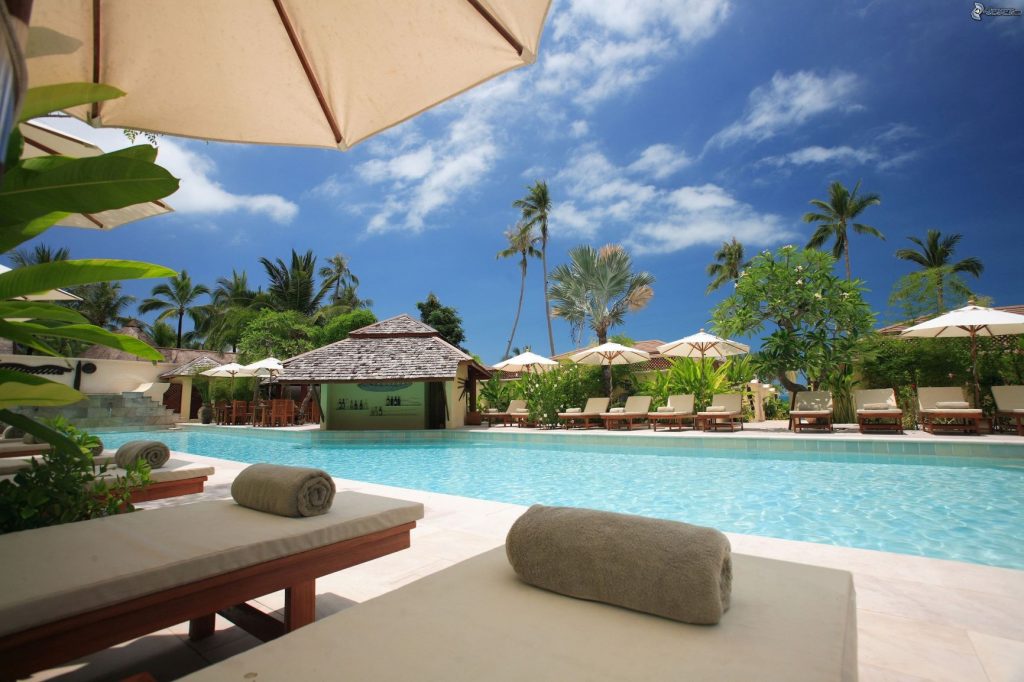
Oveit as a Loyalty solution for Hospitality and Local Communities
By looking at these well-established loyalty programs, we’ve identified that our solution can be a great fit in a hospitality environment. Keeping aside the valuable insights coming from guest’s behaviour and preferences, we want to introduce decision makers to our idea of Economy as a Service. After talking to professionals from the hospitality industry, we concluded that tourist destinations struggle with fragmented experiences and therefore have a negative impact on the end users (guests). By fragmented experiences, we want to say that local vendors and businesses in tourist destinations don’t have a common accepted currency and purchase behavior can be affected because of that.
With our solution, hotels and resorts are to act as owners of local economies. Instead of just making recommendations for nearby attractions and experiences, our solution enables guests to make purchases in a defined economy with the same payment tool used for completing purchases within hotels and resorts. It addresses the issue of fragmented experiences and it contributes to a fast and secure purchase behavior.

